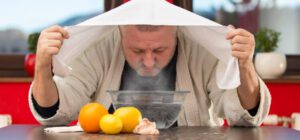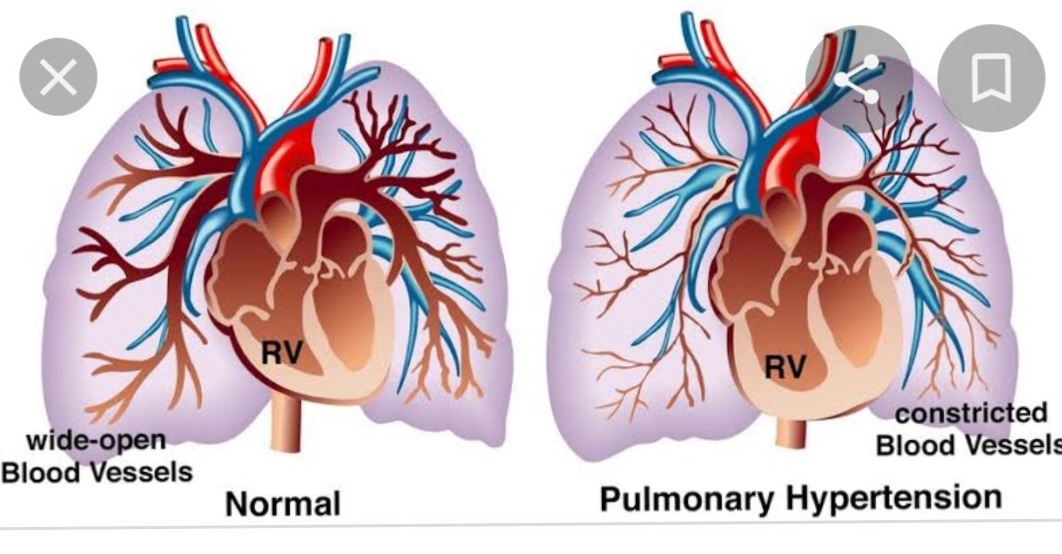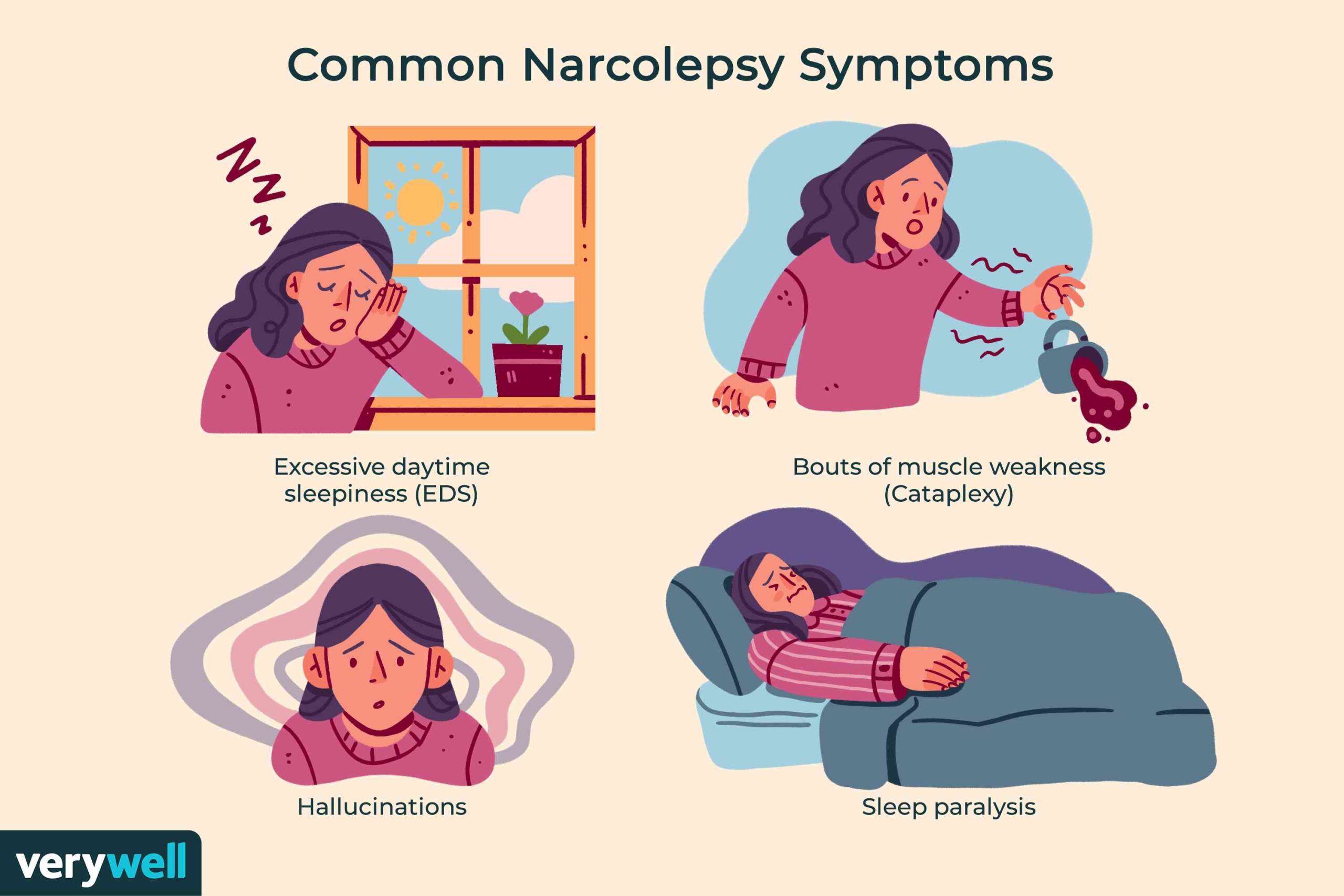What kills a sinus infection naturally-various aspects-
There are various natural remedies that may aid in alleviating sinus infection symptoms, including:
Hydration
Consuming fluids such as water, juice, and clear soups can assist in thinning mucus and removing bacteria or viruses.
Saline rinse
Cleaning your nasal passages with a saline solution can aid in diminishing congestion and inflammation.
Warm compress
Using a warm compress on your forehead and nose can help alleviate pressure.
Rest
Acquiring sufficient rest can assist your body in fighting the infection and hastening recovery.
Bromelain
This enzyme supplement is believed to aid in reducing inflammation. It’s available as a powder, tablet, cream, or capsule.
Fruits and vegetables
These include antioxidants like quercetin, which may be beneficial for sinus infections.
Turmeric, black pepper, and lemon
Turmeric contains curcumin, which could be helpful for sinus infections. Black pepper has piperine, which can aid your body in absorbing curcumin. Lemon juice includes vitamin C and potassium, which may support your immunity.
You may also consider using over-the-counter or prescription medications if appropriate.


Nasal irrigation
Nasal irrigation (also known as nasal lavage, nasal toilet, or nasal douche) is a personal hygiene method in which the nasal cavity is cleansed to remove mucus and debris from the nose and sinuses, to improve nasal breathing. Nasal irrigation may also refer to the application of saline nasal spray or nebulizers to hydrate the mucous membranes.
Medical uses
Nasal irrigation can serve as an effective treatment to alleviate symptoms of acute sinusitis caused by upper respiratory tract infections, like the common cold. The evidence supporting its effectiveness in easing chronic sinusitis is limited. It can also be beneficial for the temporary relief of symptoms linked to allergic rhinitis.
Adverse effects
Adverse effects encompass nasal irritation, nosebleeds, headaches, and drainage following the completion of irrigation. It is typically well tolerated.
There exists a risk of infection if the water is not sterile or if the device is not cleaned after each use. Improper use of the device can lead to harmful outcomes. In reality, correct application recommends the use of boiled water or saline water. In 2018, a patient was reported to have acquired Balamuthia mandrillaris after one month of utilizing tap water filtered through a Brita water purifier for nasal irrigation.
Rare instances of fatal naegleriasis have been reported due to nasal insufflation of the amoeba Naegleria fowleri (known as the “brain-eating amoeba”) from untreated tap water. Two individuals died from Naegleria fowleri infections associated with using neti pots containing tap water in 2011. A man from Louisiana died from the same amoeba in 2013.
Mechanism of action
Flushing the nasal cavity can alleviate inflamed tissue and eliminate irritants such as allergens; it may assist in clearing mucus.
Typical use involves pouring or pumping saline water through one nostril and allowing it to drain from the opposite nostril.
Solutions and devices
Solutions
The water should not be tap water, which may have small quantities of bacteria that are safe to ingest but could be harmful in the nasal passages. The water should be either sterile or filtered to remove micro-organisms; if tap water is utilized, it should be boiled and then cooled. Saline solution is also used on occasion.
The U. S. Centers for Disease Control and Prevention provides a fact sheet recommending one of four techniques to make the water safe.
Boil: Use water that has been boiled for 1 minute and then allowed to cool. At elevations above 6,500 feet, boil for 3 minutes.
Filter: Use a filter made to eliminate some water-loving germs. The label might state “NSF 53” or “NSF 58”. Filter labels indicating “absolute pore size of 1 micron or smaller” are also successful.
Buy: Use water that has a label indicating it is distilled or sterile.
Disinfect: Learn how to disinfect your water to ensure it is safe from Naegleria. Chlorine bleach used at the appropriate concentration and duration will act as a disinfectant against this germ.
A number of other substances may be added to irrigation solutions, such as the steroid budesonide, in an attempt to treat chronic rhinosinusitis.
Devices
Ceramic neti pot
Neti pots are widely utilized and depend on gravity and head position to rinse the outer sinus cavities. Typically, they feature a spout located near the bottom, sometimes with a handle on the opposite side.
Various squeeze bottles for nasal irrigation have also been utilized to introduce the water.
Bulb syringes are commonly employed for infants and young children.
There are also irrigation machines available that utilize electric motor-driven pumps.
Warm compress
A warm compress is a technique for delivering heat to the body. Sources of heat may encompass warm water, microwaveable pads, wheat packs, and electrical or chemical pads. Some unconventional methods can consist of heated potatoes, uncooked rice, and hard-boiled eggs. The most typical warm compress is a warm, damp washcloth.
Uses
Warm compresses are a frequently used non-drug treatment for conditions like sports injuries, dental discomfort, post-surgical recovery, and eye-related issues. They are thought to enhance blood circulation, boost oxygen levels in tissues, and assist in controlling inflammation.
For eye problems
Warm compresses are frequently utilized for addressing specific eye ailments such as:
dry eyes
pinkeye (conjunctivitis)
stye or chalazion
swollen eyelids (blepharitis)
meibomian gland dysfunction
muscle spasms or pain
For muscle or joint injuries
To treat both muscle and joint injuries, it is typical to switch between cold and warm compresses to control inflammation. Non-steroidal anti-inflammatory medications and corticosteroids may also be employed alongside.
Stay Hydrated
Consuming a substantial amount of fluids is crucial for preserving overall well-being, and it can additionally assist in alleviating sinus congestion. Adequate hydration aids in thinning the mucus within your sinuses, facilitating easier drainage. Choose warm liquids such as herbal teas, clear broths, and warm water infused with lemon. Steer clear of caffeine and alcohol, as they may contribute to dehydration and exacerbate congestion.
Steam Inhalation
Breathing in steam can assist in breaking up dense mucus in the nasal cavities. This can be achieved by taking a hot shower or inhaling steam from a bowl of hot water.
Neti Pots
Neti pots are small devices shaped like teapots that are designed to cleanse the nasal passages. They are frequently utilized as a natural treatment for sinus infections, nasal blockage, allergies, and colds.
Neti pots function by delivering a saline solution through the nasal passages. This method assists in removing mucus and allergens, thus alleviating symptoms related to sinus problems. The saline solution is mild on the nasal passages and can help avoid irritation.
For update on further important health related topics and frequently asked questions on health topics by general population please click on the link given below to join our WhatsApp group –
https://chat.whatsapp.com/Lv3NbcguOBS5ow6X9DpMMA
Types of Neti Pots – Various types of neti pots are available, including traditional teapot-shaped models, squeeze bottle designs, and even electric versions. Regardless of their form, all neti pots fulfill the same fundamental role: to irrigate the nasal passages with a saline solution.
Usage of Neti Pots – Although neti pots are typically safe for use, it is crucial to take specific precautions.
To begin with, only distilled, filtered, bottled, or boiled water should be utilized in a neti pot. Tap water may harbor microorganisms that could cause infections.
After each use, the neti pot must be thoroughly washed with hot water and antibacterial soap to inhibit the proliferation of bacteria. The saline solution for a neti pot can be either pre-packaged or homemade. When preparing a homemade solution, always use iodide-free salt, baking soda, and distilled or boiled water.
While neti pots can provide relief, excessive use may irritate the nasal passages. It is advisable to seek guidance from an allergy specialist if symptoms continue after several days of use.
Benefits of Neti Pots – Neti pots provide numerous advantages. They can relieve sinus pressure, enhance breathing, and diminish congestion. Since they use a straightforward saline solution, they offer a natural alternative to over-the-counter medications and do not include side effects such as drowsiness or stimulation.
Rest
Just like with any infection, sinusitis improves with rest and sufficient sleep. This aids the immune system, preserving energy so that it can be directed towards combating the infection.
Reclining also aids in alleviating sinus discomfort resulting from the swelling of mucous membranes. When these tissues are swollen, they generate surplus fluids that elevate sinus pressure. Reclining allows these fluids to flow down the back of your throat, relieving pressure and discomfort.
Bromelain
Bromelain is an enzyme blend derived from the pineapple plant that is marketed as a dietary supplement. The National Center for Complementary and Integrative Health (NCCIH) states that it is available in forms such as powder, cream, tablet, or capsule, sometimes combined with other components.
Bromelain has been investigated for its effects on sinusitis because it is believed to help reduce inflammation. A limited number of double-blind trials have shown that bromelain alleviates sinus symptoms better than a placebo.
Studies suggest that typical oral dosages of bromelain range from 500 to 1,000 milligrams (mg) a day, but some individuals may take up to 2,000 mg.
Even though bromelain is a natural substance, side effects may still occur. The NCCIH warns that some individuals may experience allergic reactions, gastrointestinal issues, menstrual difficulties, and elevated heart rates.
Fruits and Vegetables
Fruits and vegetables are rich in strong antioxidants such as quercetin, a natural element in a variety of foods including onions and apples, as well as green tea and red wine. Similar to many plant-based compounds, it acts as an antioxidant. Regarding sinus issues, quercetin has been shown to stabilize the cells within the body that release histamine — the substance that triggers mucus production in the sinuses.
Quercetin has also been shown to be beneficial for sinusitis, with a standard oral dosage of 400 to 500 mg taken three times daily-FOR FURTHER INFORMATION IN GREAT DETAIL PL CLICK ON THE LINK GIVEN BELOW-It is always better to view links from laptop/desktop rather than mobile phone as they may not be seen from mobile phone. ,in case of technical difficulties you need to copy paste this link in google search. In case if you are viewing this blog from mobile phone you need to click on the three dots on the right upper corner of your mobile screen and ENABLE DESKTOP VERSION .
If you are suffering from sinusitis and need to consult ENT specialist doctor pl click on the link given below-
www.entspecialistinnashik.com
For update on further important health related topics and frequently asked questions on health topics by general population please click on the link given below to join our WhatsApp group –
https://chat.whatsapp.com/Lv3NbcguOBS5ow6X9DpMMA
Issued in public interest by –
www.entspecialistinnashik.com





